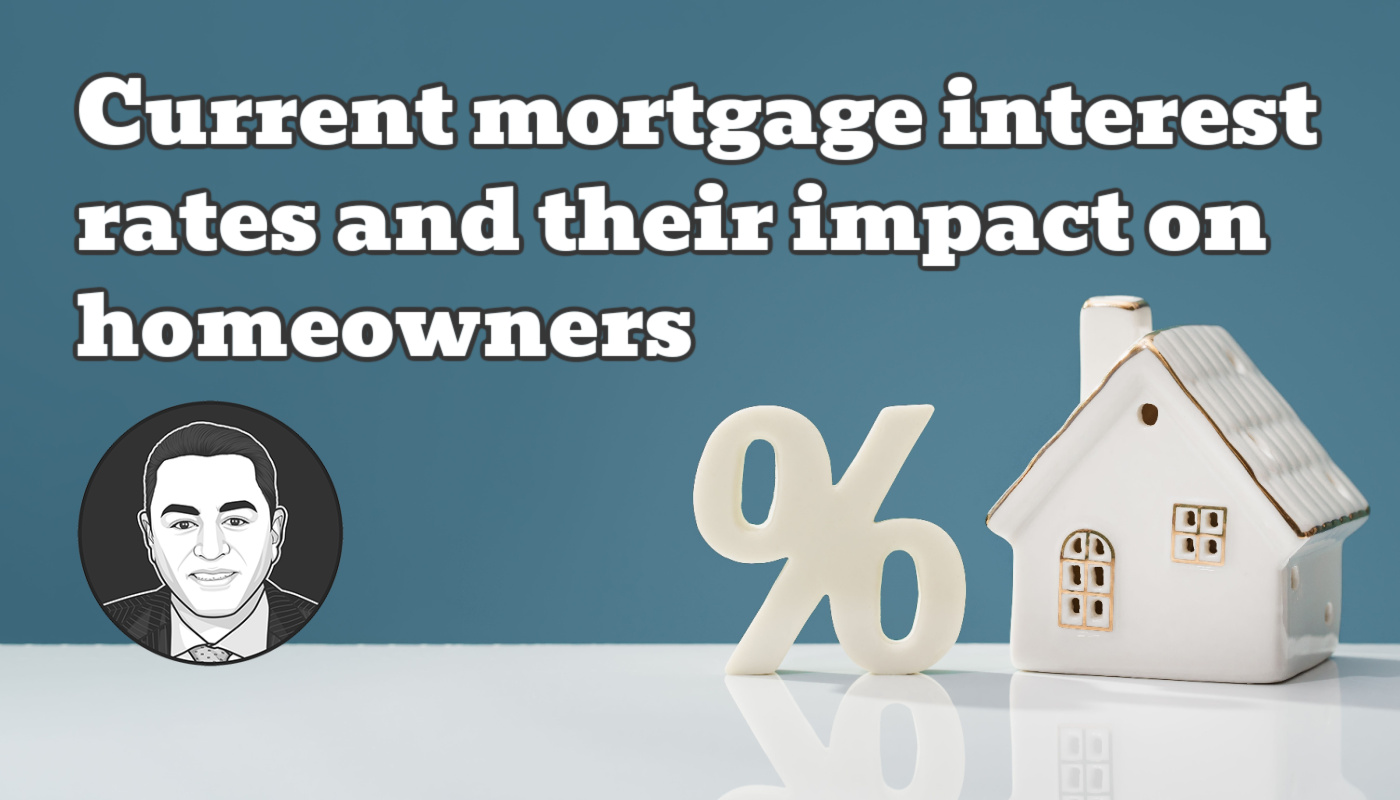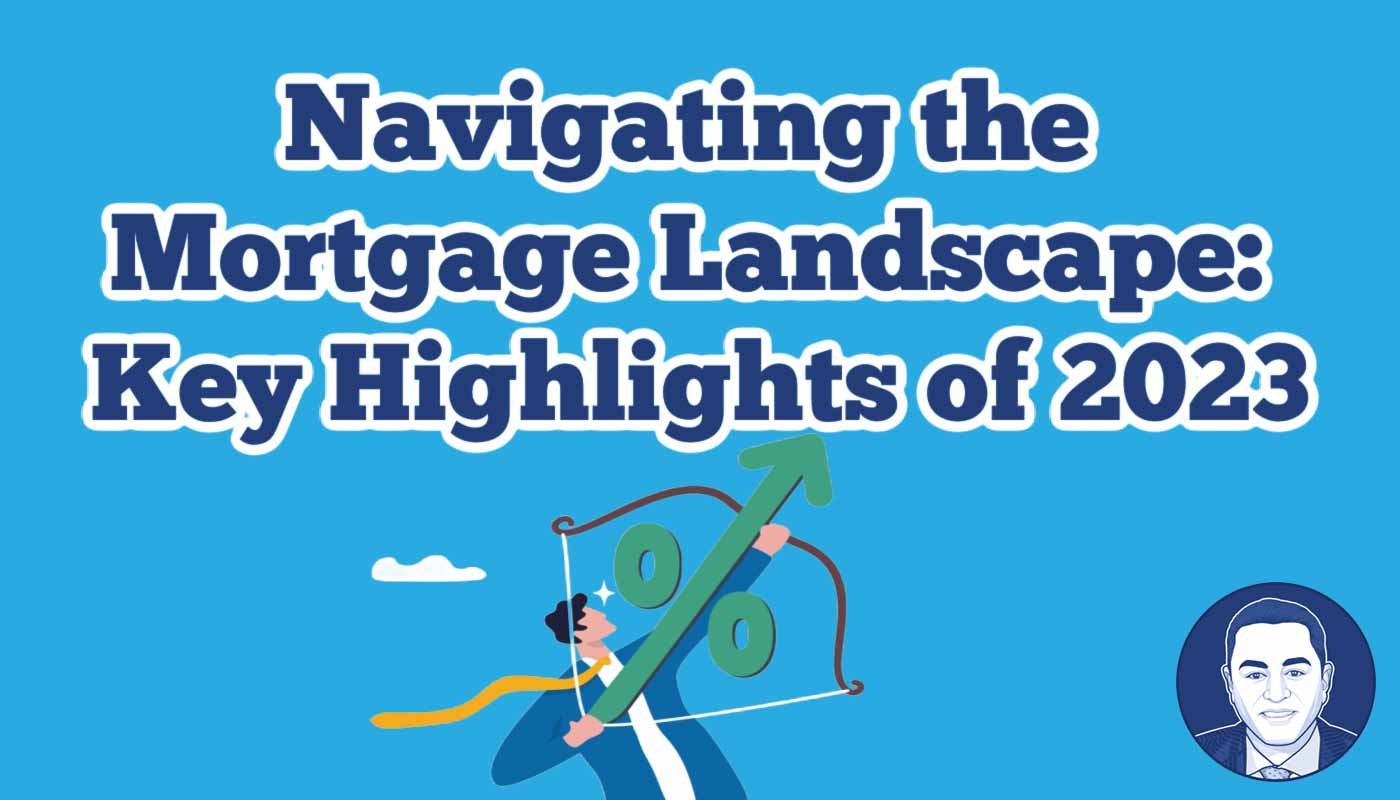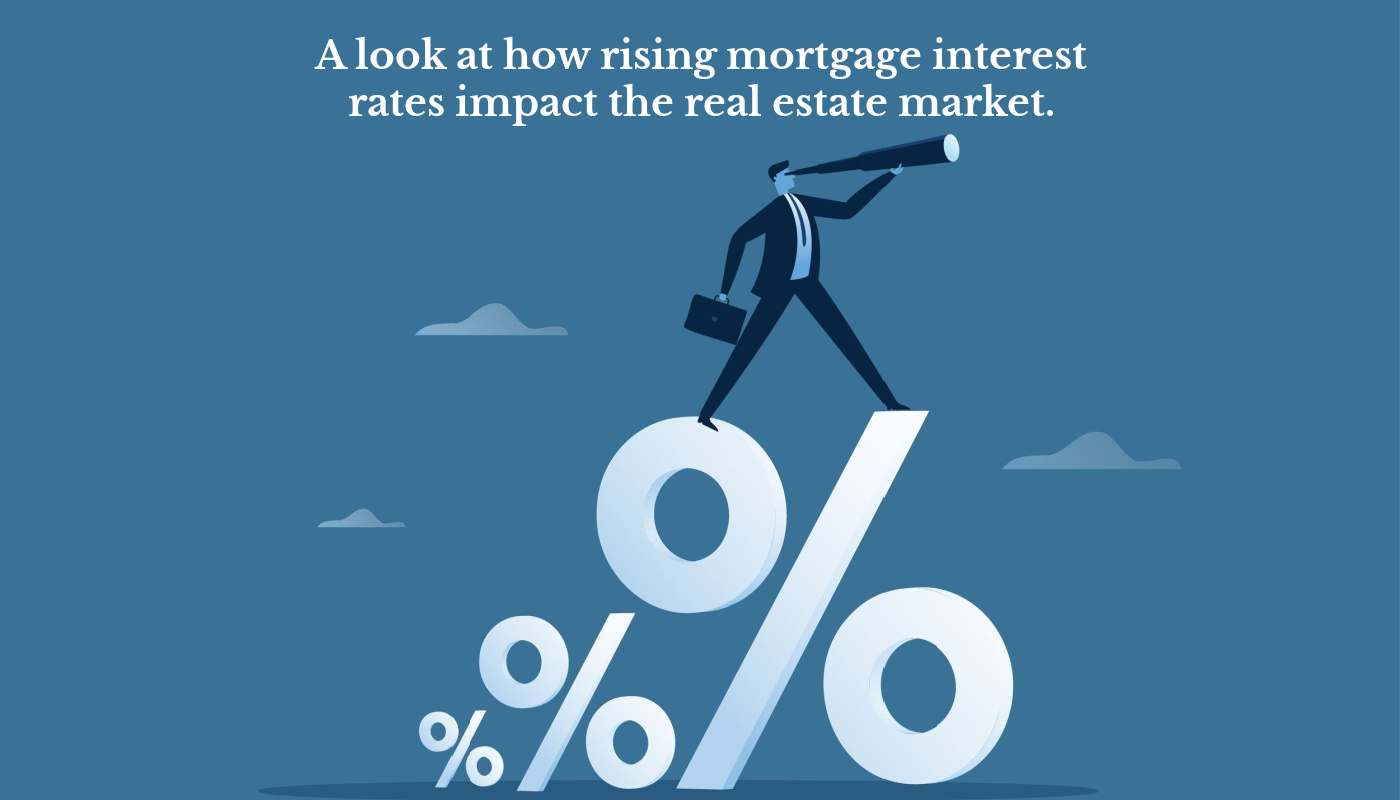The interest rate on a mortgage is an essential component of home-buying, as it significantly…
How an Adjustable-Rate Mortgage Could Give You a Lower Interest Rate
If you’ve been considering buying a home, you may have come across the term “adjustable-rate mortgage” or “ARM.” An ARM is a type of mortgage loan in which the interest rate is not fixed, but rather adjusts periodically. This type of loan could give you a lower interest rate than a traditional fixed-rate mortgage.
How ARMs Work
An adjustable-rate mortgage typically starts with a lower interest rate than a traditional fixed-rate mortgage. The lower starting rate lasts for a set period of time, after which the interest rate begins to adjust. The frequency of adjustments depends on the terms of the loan but can be as often as monthly or as infrequently as once every five years.
The interest rate on an ARM is usually based on an index, plus a margin. The most common index is the LIBOR (London Interbank Offered Rate), although there are others such as the Prime Rate and the Treasury Bill Rate. The margin is set by the lender when you take out the loan and does not change over time.
When your periodic adjustment date comes around, your new interest rate will be equal to the index value at that time plus your margin. For example, let’s say you have an ARM with a 3% margin and your initial interest rate was 5%. After two years, the LIBOR has risen to 2%, so your new interest rate would be 5% (2% + 3%). However, if the LIBOR had fallen to 1%, your new interest rate would be 4% (1% + 3%).
As you can see, an adjustable-rate mortgage gives you the potential for a lower interest rate than a traditional fixed-rate mortgage. However, there is also some risk involved. If interest rates rise, your monthly payments could go up as well. That’s why it’s important to understand how ARMs work before taking one out.
Pros and Cons of ARMs
Like any type of loan, there are pros and cons to taking out an adjustable-rate mortgage. Some people prefer ARMs because they offer lower rates and monthly payments at the beginning of the loan compared to fixed-rate mortgages. This can free up extra cash for other purposes such as home renovations or investments.
However, there are also potential downsides to taking out an ARM. Because ARMs are based on variable indexes, your interest rate and, therefore, your monthly payment could go up over time if market conditions cause those indexes to rise. This could make it difficult to budget or make long-term financial plans. There is also added risk because you may end up owing more on your home than it’s worth if housing prices fall and you need to sell before your loan resets.
Before deciding whether an ARM is right for you, it’s important to understand the terms of the loan and to speak with a licensed loan officer. They can help you weigh the pros and cons and decide if an ARM is a good fit for your individual circumstances.
ARMs might be a good idea if you plan on selling your house before the interest rate adjusts.
They can also be a good choice if you’re comfortable with the idea of your interest rate and monthly payments changing over time.
ARMs could be a bad idea if you want the stability of a fixed-rate mortgage. You might also want to steer clear of an ARM if you’re not comfortable with the idea of your interest rate going up or down, or if you’re not sure you’ll be able to sell your house before the interest rate adjusts.
Conclusion
Whether or not an adjustable-rate mortgage is right for you depends on numerous factors, including your financial goals, how long you plan on staying in your home, and your comfort level with risk. Be sure to speak with a licensed loan officer before making any decisions about taking out a loan.



